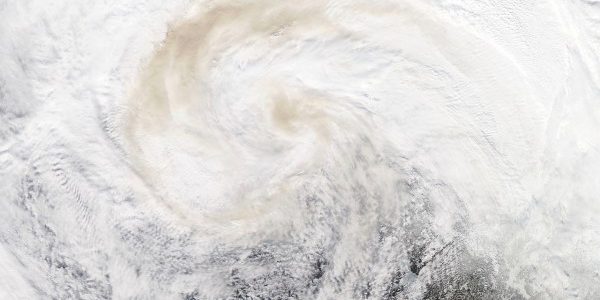Interesting weather images
-

Rainfall from the soggy tropical storms Bonnie and Colin has caused flooding on fields in some areas of the Southeast. The Southeast Farm Press provided a photo gallery of some of the flooding in eastern NC, taken by Rod Gurganus, North Carolina State University Extension director in Beaufort Count. You can see them all here.
-

The Washington Post had a beautiful and haunting photo essay on growing wheat in Colorado earlier this week. The photos are by Elliot Ross and the story is by May-Ying Lam. Enjoy it here.
-

If you like rainbows, you are sure to like this beautiful time lapse video of a double rainbow over the Wasatch Mountains in Utah earlier this week. You can view it at the Capital Weather Gang here.
Posted in: Interesting weather images -

A friend posted this fantastic video from the Florida Institute of Technology testing out a new super high speed camera on lightning. You can really see the progression of step leaders downward from the cloud before the main lightning stroke surges up from the ground. You can view it at Slate.com at https://www.slate.com/articles/video/video/2016/05/lightning_storm_in_super_slow_motion_video_from_florida_researchers.html.
Posted in: Interesting weather images -

EarthSky posted a striking image from NASA’s Aqua satellite of a low pressure area traveling across Canada this week which shows smoke from the Alberta wild fires entrained into the clouds. You can read about it here. The CoCoRaHS blog also has some interesting information on the climate conditions which helped set up the conditions…
-

A lot of my friends have posted links to this spiral animation of global temperature anomalies over time. The Climate Lab Book shows how temperatures have changed from 1850 to the present using a spiral graph instead of a linear graph. You can really see how the temperatures have increased over time in this animation.…
-

This Day in Weather History on Facebook noted the April 30th F4 tornado which hit central Georgia in 1953. It was 300 yards in width and leveled homes on the north side of Warner Robins, Georgia, as well as barracks on the south side of the Robins Air Force Base. The tornado killed 19 people…